全站搜索
Search the entire website
Search the entire website
Our Ceramic ball mill are available in different styles and numerous model sizes in each style to adapt to various grinding requirements.
Ceramic ball mill is a type of grinder used to grind and blend materials for use in mineral dressing processes, paints, ceramics and so on. The works on the principle of impact and attrition and the size reduction is done by impact as the balls drop from near the top of the shell.
Ceramic ball mill machine could effectively avoid increasing mechanical iron. Also it could improve the grade of burning degree, and low wear rate, low price of wearing parts, small power consumption, low cost, easy maintenance.
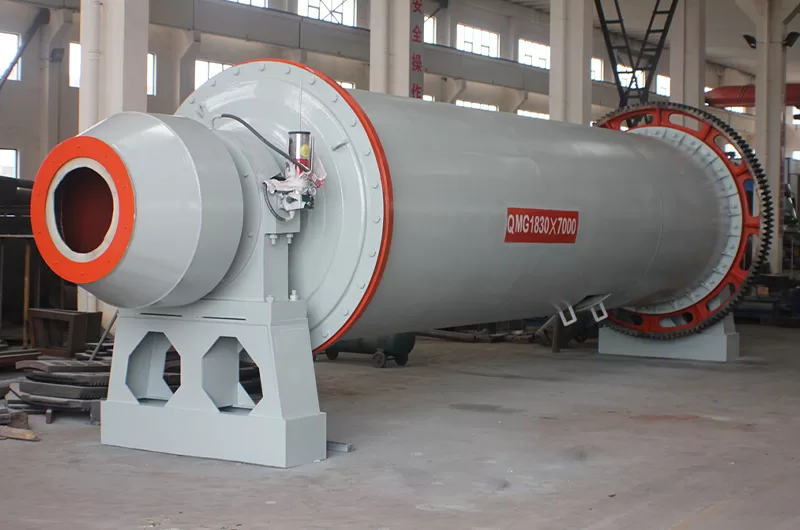
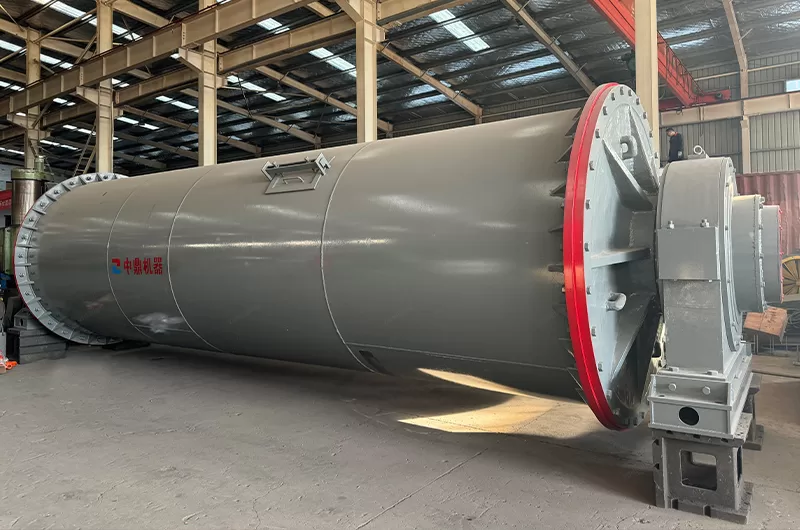
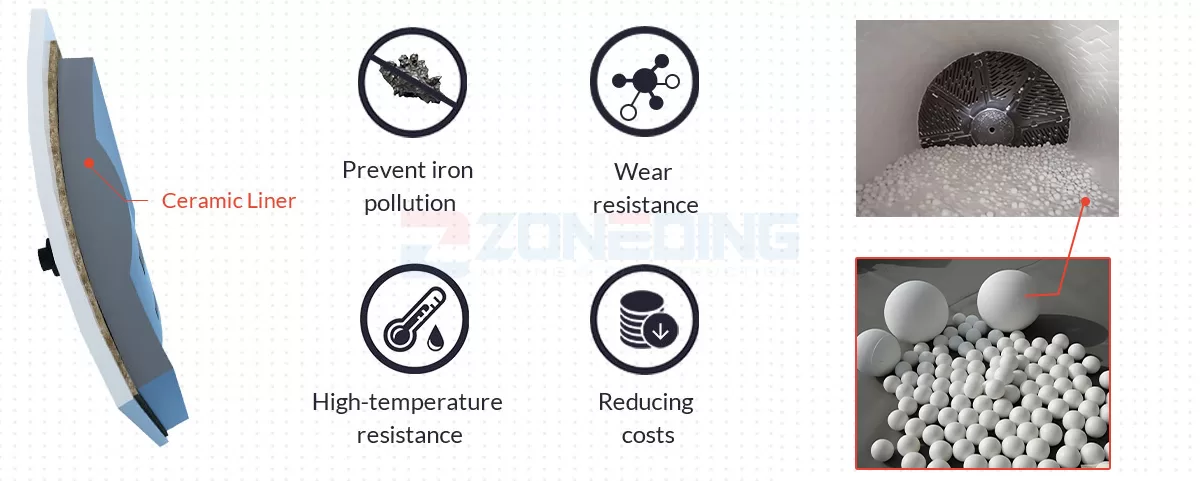
A motor turns the ceramic ball mill’s cylinder via a speed reducer. Inside, liners lift ore and grinding balls using friction and centrifugal force.
Gravity makes them fall. This fall crushes the ore through impact and grinding. Processed ore exits the discharge end.
A classifier separates fine product from coarse material. Coarse particles return to the mill via a feeder for more grinding.
The feeder ensures a continuous, steady supply of ore into the mill, and ground material exits continuously. This allows the ceramic ball mill to operate non-stop, 24 hours a day.

Whether it is glaze preparation in the ceramic industry, powder mixing in the chemical industry, or drug grinding in the pharmaceutical industry, the ceramic ball mill can meet your grinding needs with its excellent performance. It is widely used in various scenarios that require high purity and high precision grinding, and is a powerful assistant to improve product quality and productivity.
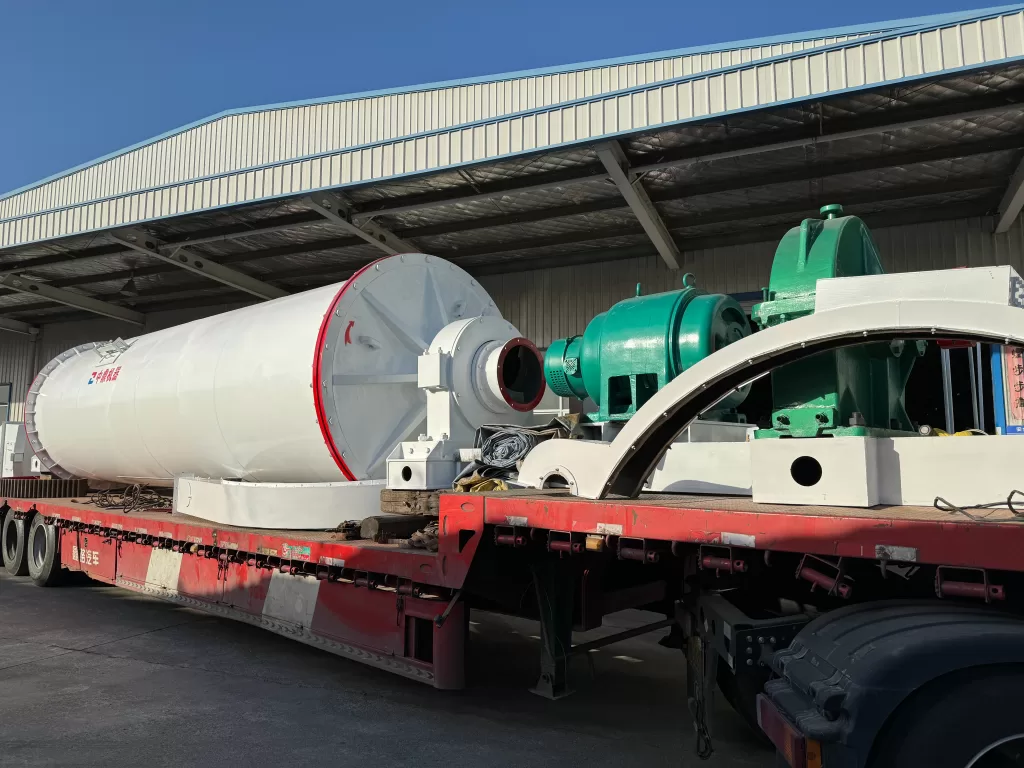
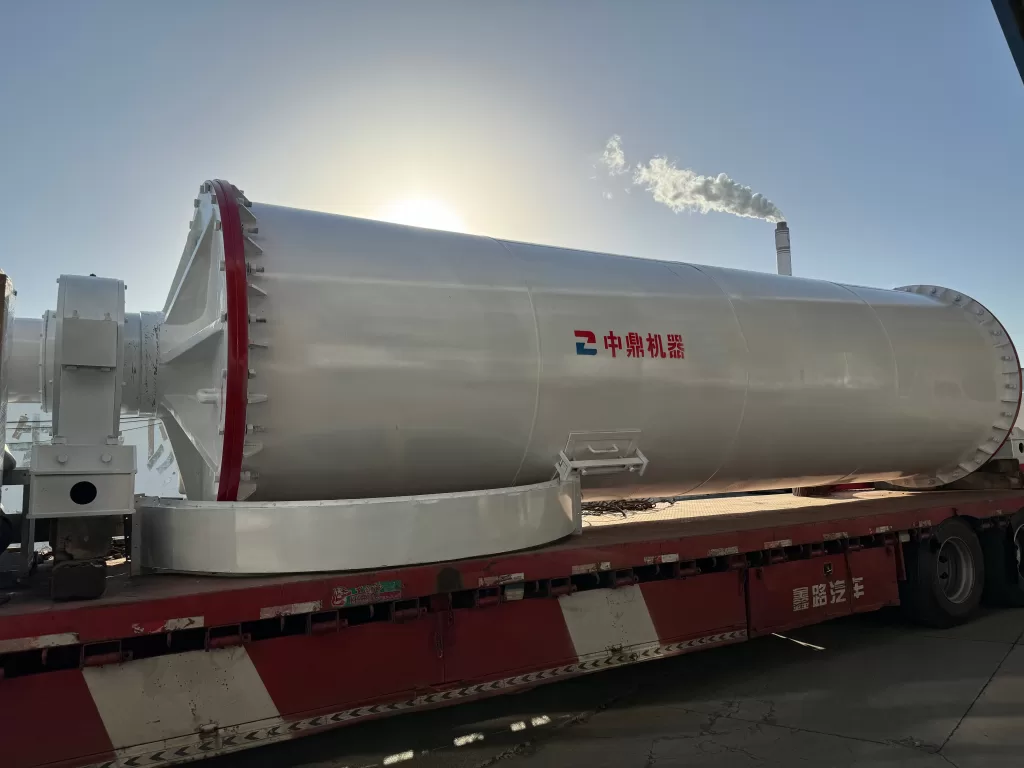
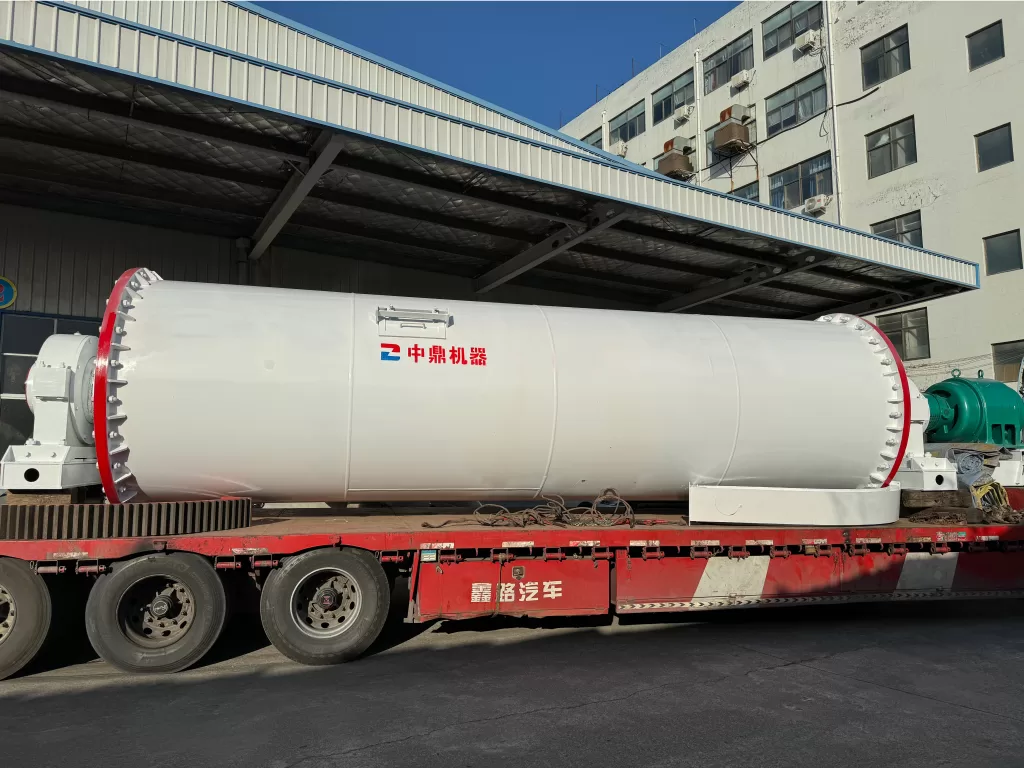
| Model | Feeding capacity (t/time) | Shell rotation speed (r/min) | Reference motor (kw) | Liner material |
| 600×700 | 0.05 | 50 | 2.2 | Chinaware,silicon,rubber or metal(the related motor power varied as per the different liner materials and grinding materials) |
| 800×600 | 0.075 | 42 | 3 | |
| 900×1200 | 0.2 | 38.5 | 5.5 | |
| 1300×1500 | 0.5 | 33 | 7.5 | |
| 1500×1800 | 1.2 | 28.5 | 11 | |
| 1800×2000 | 1.5 | 24 | 15 | |
| 2600×2800 | 5 | 16.5 | 37 | |
| 3000×3800 | 10 | 14.5 | 57.2 | |
| 3200×4600 | 15 | 13.5 | 75 |
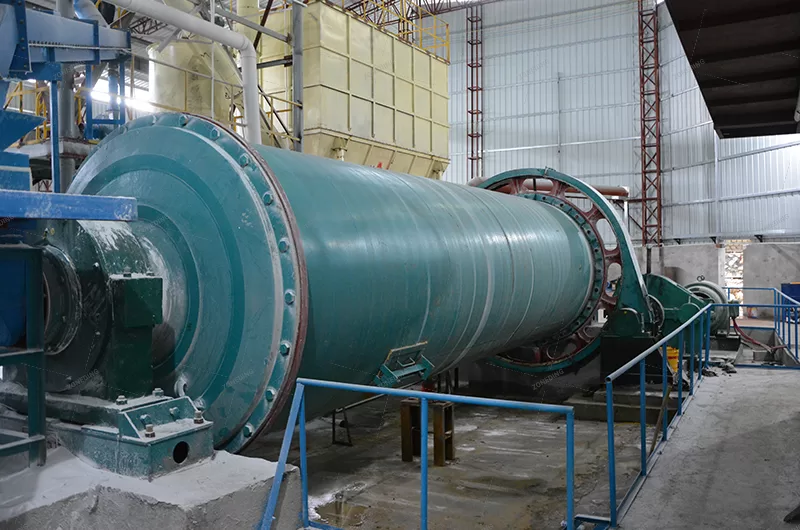
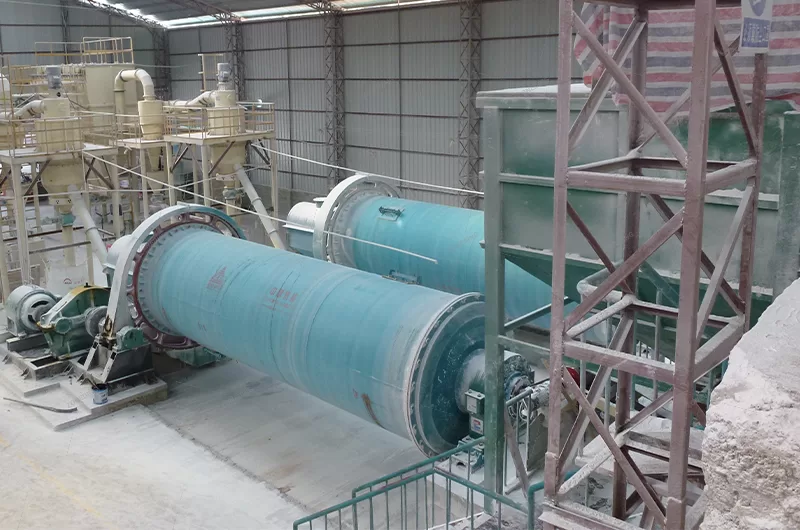
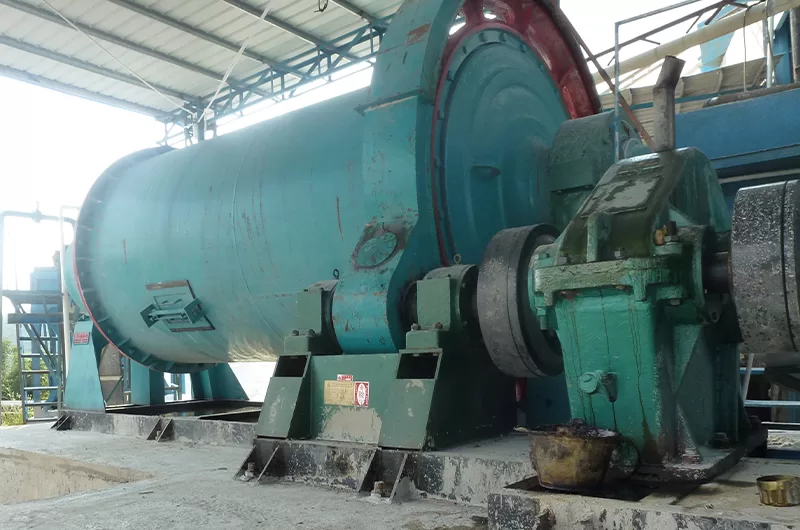
A Ceramic Ball Mill is a type of ball mill that uses ceramic grinding media (balls) for fine grinding of materials, preventing contamination.
A Ceramic Ball Mill rotates a cylindrical chamber filled with ceramic balls. The cascading balls grind material through impact and attrition.
Ceramic Ball Mills prevent metallic contamination, ideal for processing sensitive materials, and achieve ultra-fine particle sizes.
Ceramic Ball Mills are used for grinding chemicals, pharmaceuticals, cosmetics, pigments, and advanced ceramic materials.
Consider material properties, desired particle size, mill capacity, ball size, and the ceramic material’s compatibility with your material.
